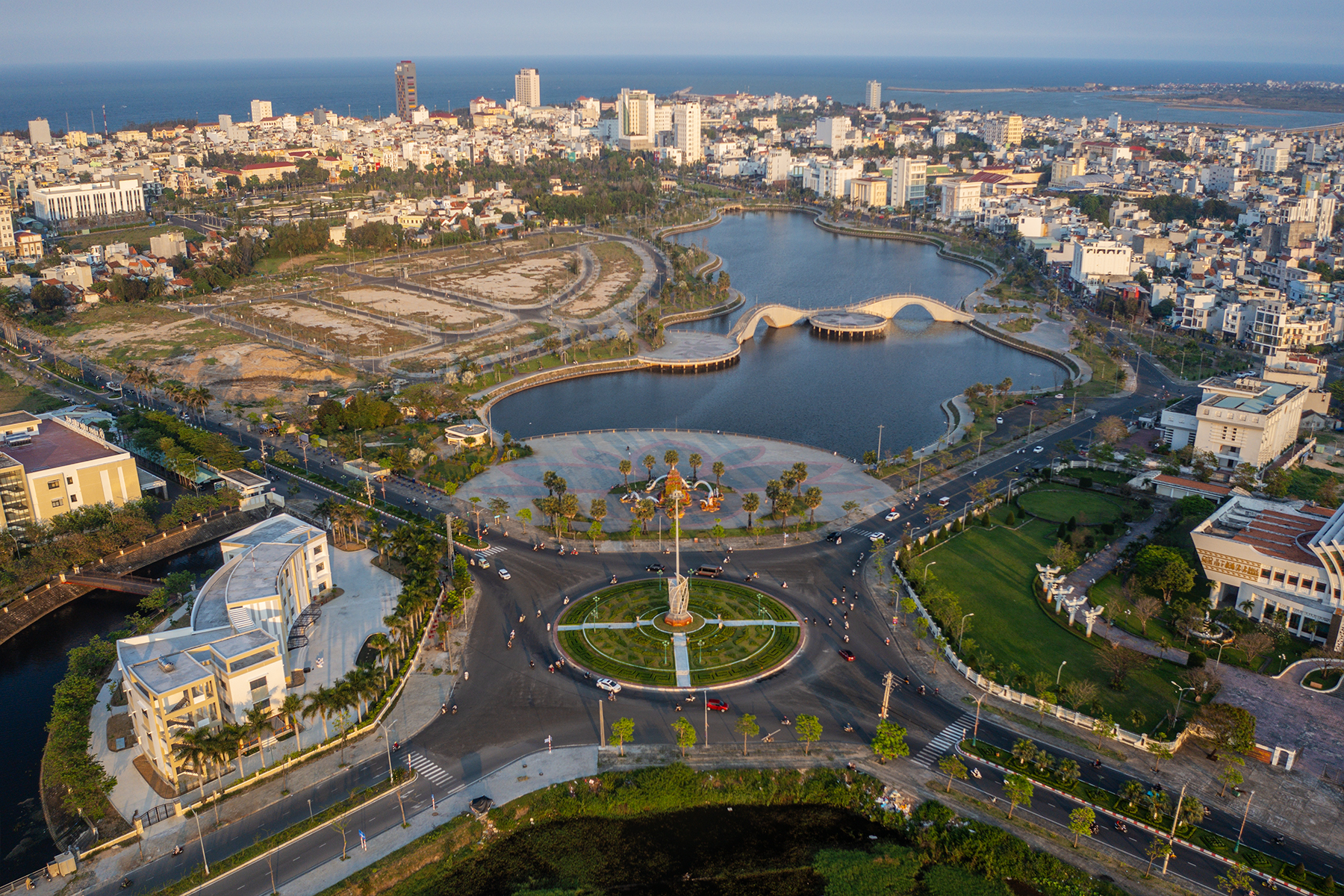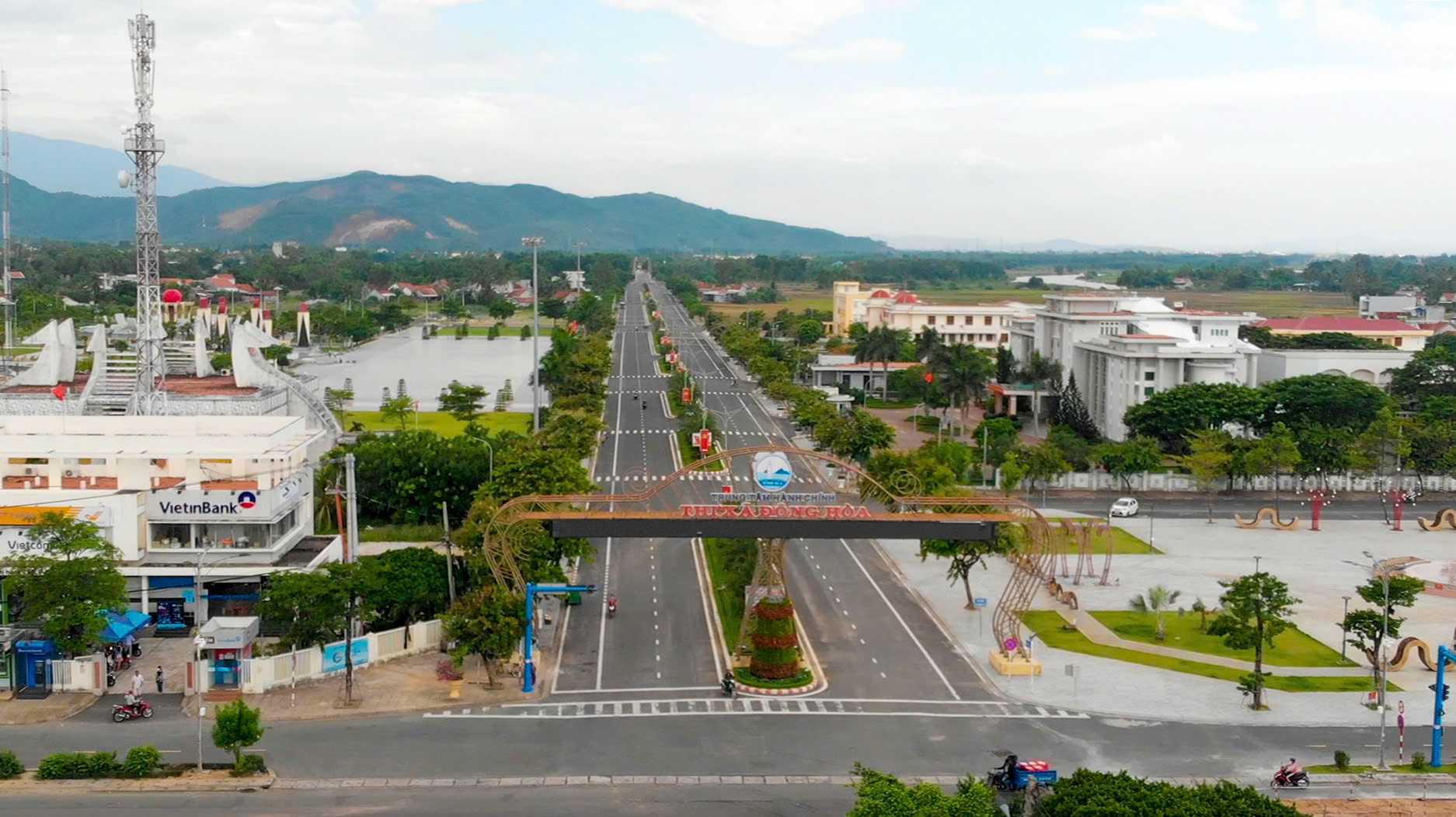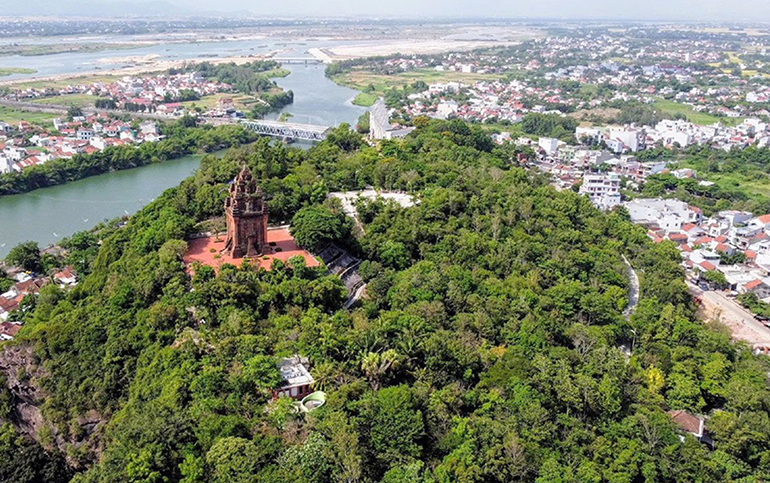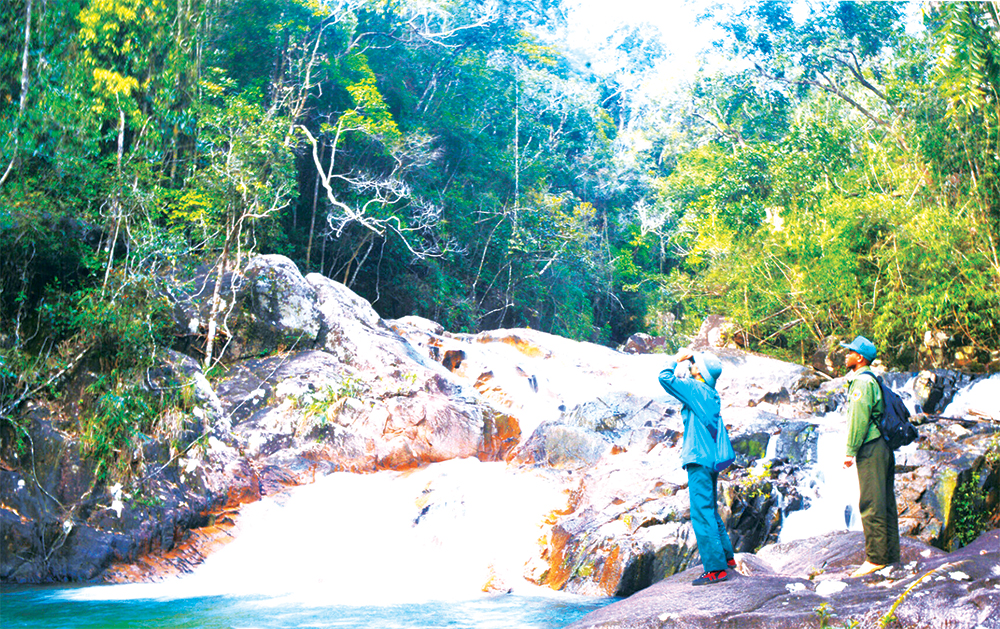Phu Yen Museum is currently hosting a special exhibition titled “The Glorious Legacy of Quang Duc Pottery”, attracting the interest of antique pottery enthusiasts, particularly those drawn to the ceramic ware from a traditional craft village nestled along the lower reaches of the Cai River (also known as the Ngan Son River) in An Thach Commune, Tuy An District. This pottery tradition boasts a history of over 300 years of formation and development.
 |
| The delegates attending the seminar on “Preserving and Promoting the Cultural Heritage Value of Quang Duc Pottery,” organized by the Department of Culture, Sports and Tourism, visiting the Phu Yen Museum and listening to a guided presentation on Quang Duc pottery |
According to researchers, one of the key factors contributing to the fame of Quang Duc ancient pottery is the signature feature of the seashell-glazed ceramic line, with glaze colors so unique that no product is the same as any product.
The exhibition is being held from May 30 to July 30, showcasing hundreds of Quang Duc ceramic artifacts - from lime pots (used for holding lime in betel chewing), wine jars (used for fermenting wine), and flasks (used for ceremonial and daily wine storage), to everyday household items such as water basins and lotus pots - all made from unglazed, kiln-fired ceramics. The glazed Quang Duc ceramics feature distinctive seashell impressions and uniquely colored glazes, with each piece being one-of-a-kind, dating from the 18th to 20th centuries. In addition to the ceramic artifacts, the exhibition also features a collection of archival photographs that partly illustrate the cultural heritage and historical value of Quang Duc pottery.
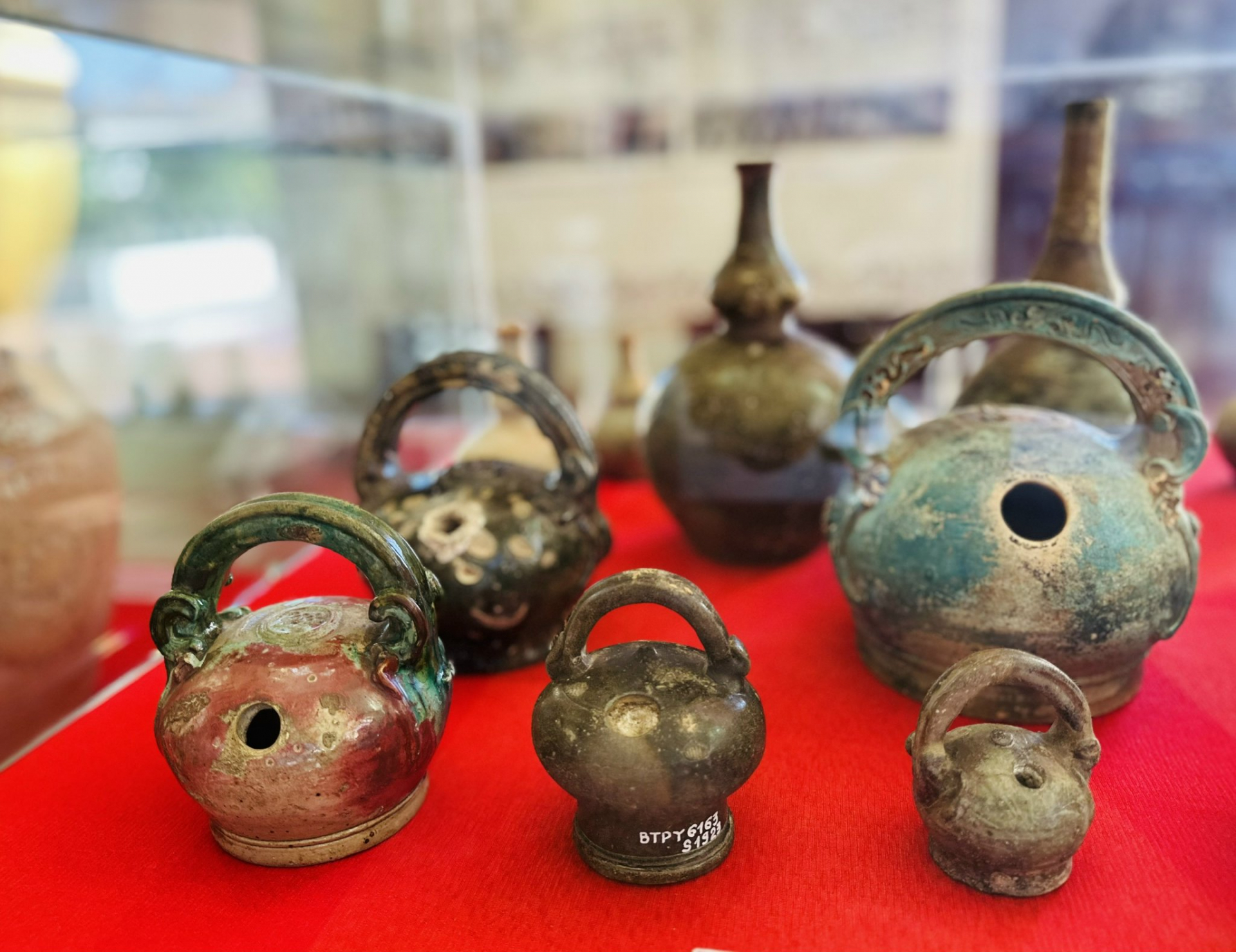 |
| Quang Duc lime pots feature distinctive shell marking on their bodies and date back to the 18th -19th centuries |
 |
| Quang Duc lime pots feature distinctive shell marking on their bodies and date back to the 18th -19th centuries |
 |
| Researchers, antique collectors, etc. and young visitors admiring Quang Duc ceramic artifacts |
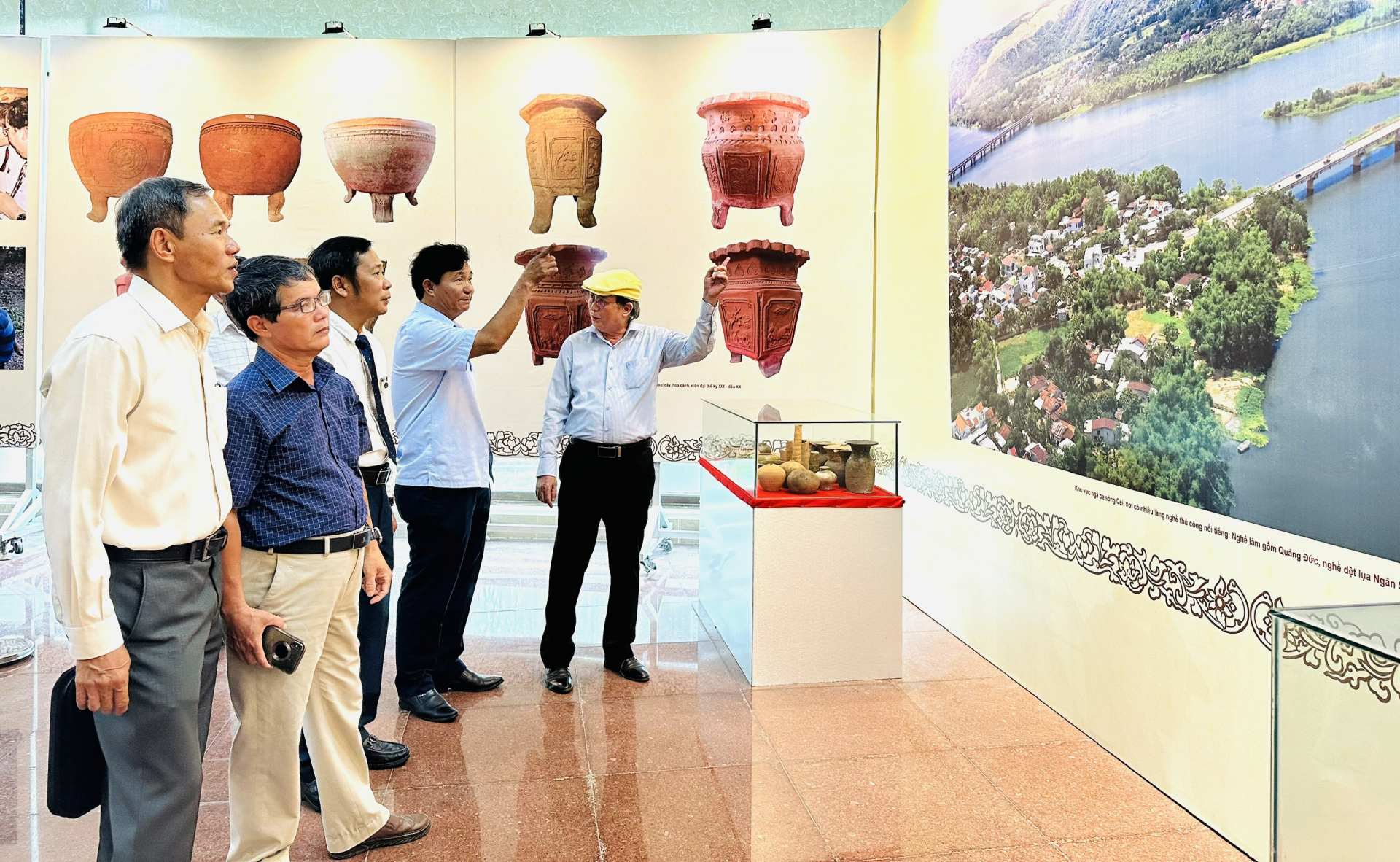 |
| Former PPC Vice Chairman Phan Dinh Phung (far right), discussing with delegates in front of a photograph of the confluence of the Cái River - an area known for its many renowned traditional craft villages, including Quang Duc pottery, silk weaving in Ngan Son, and bamboo basket boat making in Phu My |
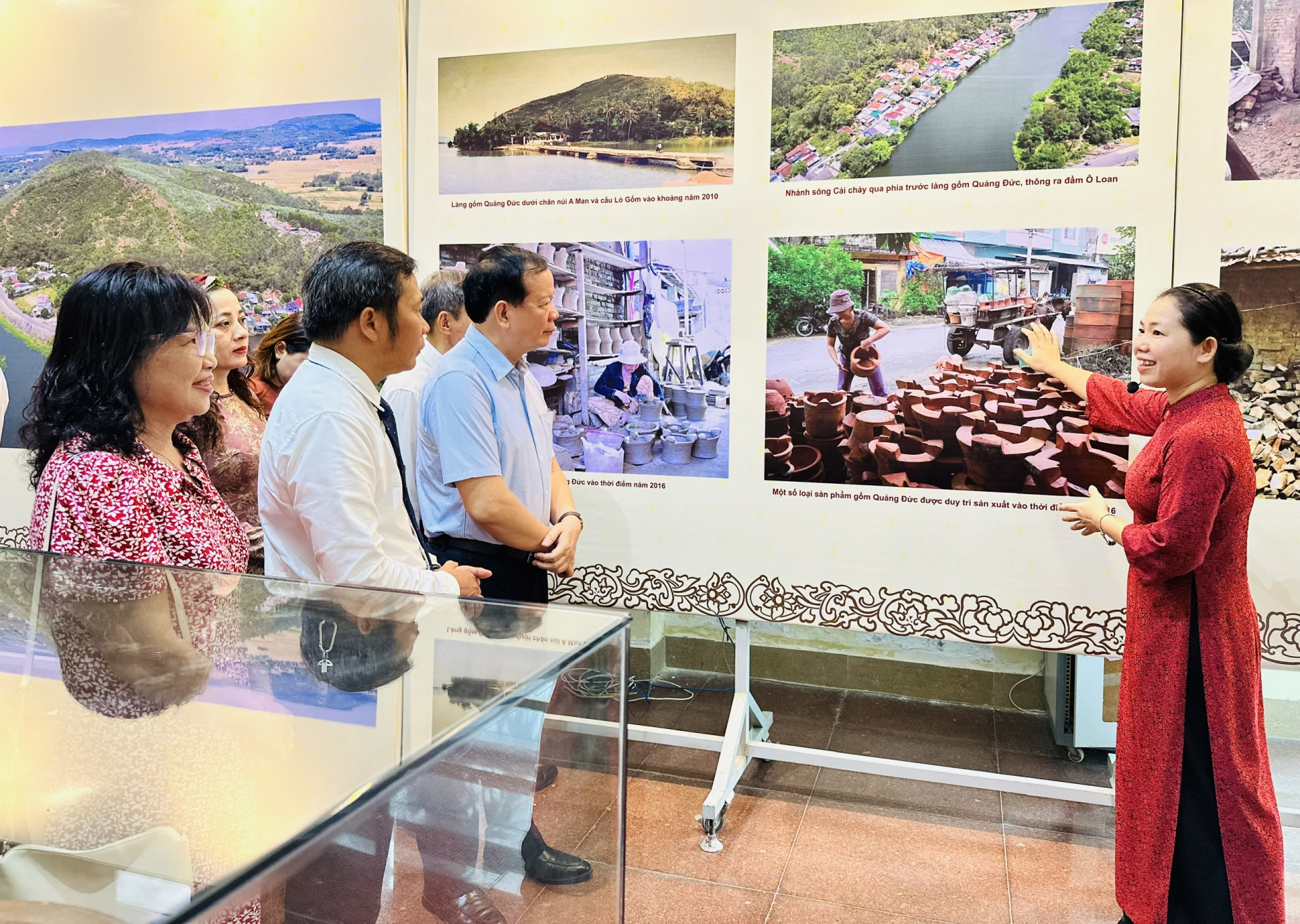 |
| Prof. Dr. Nguyen Van Kim, Vice Chairman of the National Council for Cultural Heritage (third from the left); leaders of the Provincial Party Committee’s Propaganda and Mass Mobilization Commission; the UNESCO Club for Research and Preservation of Phu Yen Antiquities; and other delegates listening to an introduction about several Quang Duc pottery products that were still being produced as of 2016 |









